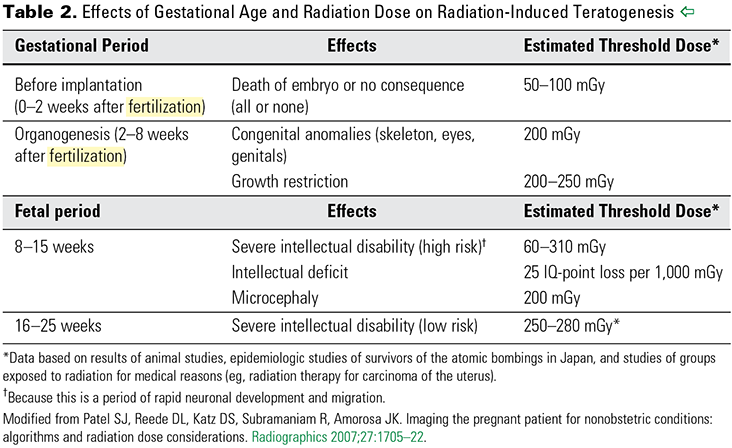Today's POTD inspired by two similar yet very different resus patients this morning...So lets talk HYPOTHERMIA.. tis the season!
Definition/Classification:
Causes: AGE IS BIGGEST RISK FACTOR- THINK ELDERLY AND INFANTS!
- Heat loss- environmental exposure, vasodilation
- Decreased or impaired thermogenesis:
|
Endocrine
|
Hypothyroid, adrenal insufficiency, malnourishment
|
|
CNS
|
Hypothalamic lesions, hypopituitarism
|
|
Trauma
|
Burn, spinal cord injuries
|
|
Sepsis
|
|
|
Tox
|
ETOH, sedatives, vasodilators
|
|
Skin
|
Psoriasis, exfoliating conditions
|
|
Psych
|
|
|
Iatrogenic
|
Cold fluids, intraop
|
Evaluation:
- Get that probe in! Core temperature is actually better obtained from esophageal or bladder > rectal
- BGM!
- Labs: Coags, CBC, BMP, CPK, TSH, sepsis workup?
- EKG: Osborn waves, T wave inversions, prolongation of PR/QRS/QT, AV block, PVC
- VF highest when T, 28C
Management: Think about and treat causes!
- Passive Warming: Mild- think pts able to shiver
- Warm blankets, keep dry, insulation
- Active Warming
- External/Peripheral- Bairhugger, warm fluids,chemical heat pads ( watch for burns)
- May have drop in temperature from cold diuresis and release of cold peripheral blood to core
-
Central active warming
- Warmed (40-46C) humidified inspired gases (1 C/h; 1.5°C/h ET tube)
- Warm IV fluids (42C)
- Body cavity lavage with 40C fluid e.g. peritoneal (3C/h), gastric, bladder, right-sided thoracic lavage (3-6C/h – use 2 ICCs for continuous flow)
- CRRT
- ECMO/ bypass (9-18C/h)
- External/Peripheral- Bairhugger, warm fluids,chemical heat pads ( watch for burns)
- Coding:
- Gentle handling of patient- can cause VF!
- Cold heart is resistant to meds and pacing hold until temp >30C
- Double the dose when temp bwn 30-35C
- Shock Resistant- sources say shock max of 1-3times, goal is to get them warm!
Complications: Acid base disorders, pneumonia, bleeding, other cold injuries, dysrhythmias, DIC, rhabdomyolysis, thromboembolism, pancreatitis, multiorgan failure.
Hope everyone is staying warm outside, enjoy the snow
sources: life in the fast lane, emdocs




